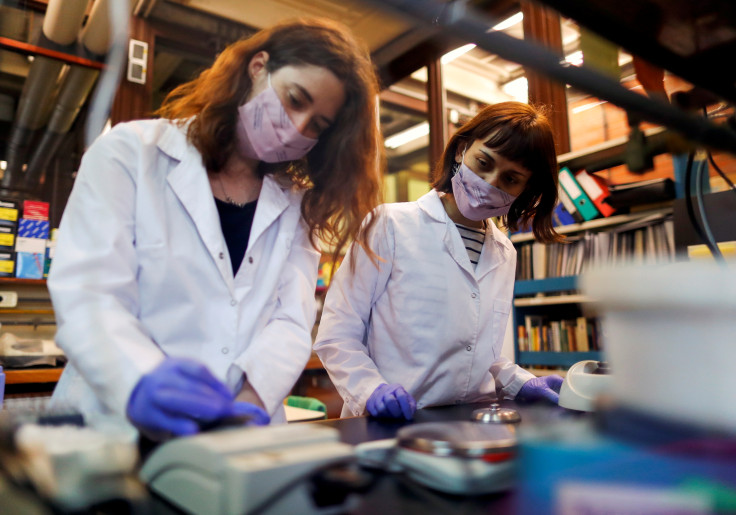Neurons related to chronic stress have been identified in new research
Swedish researchers have identified a group of nerve cells in the mouse brain that are involved in creating chronic stress and negative emotional states.

Researchers at the Karolinska Institute (KI) in Sweden have identified a group of nerve cells in the mouse brain that are involved in creating chronic stress and negative emotional states, in a study that has been published in Nature Neuroscience, a scientific journal.
By mapping out the nerve cells with a combination of advanced techniques, researchers have assessed that the neurons also have receptors for oestrogen, which could potentially explain why women as a group are more sensitive to stress than men.
Identifying the specific networks in the brain that spark feelings of chronic stress and negative emotions has always proved to be a challenge in the scientific field. However, KI researchers, Konstantinos Meletis and Marie Carlén, and their team have utilised a wide variety of techniques, such as Patch-seq, large-scale electrophysiology (Neuropixels) and optogenetics, to map out a specific neuronal pathway in the mouse brain leading from the hypothalamus to the habenula, which controls aversion.
Patch-seq combines measurement of the electrical properties of individual cells with measurements of gene expression, in order to map out the neurons within the brain. The Neuropixels probe is an electrode for electrophysiological measurements that allows scientists to record the activity of hundreds of neurons simultaneously.
Optogenetics is used to control how and when selected neurons are active by introducing light-sensitive proteins into the neurons for study. The researchers used optogenetics to activate the pathway when mice entered a particular room, discovering that the mice subsequently began to avoid the room, despite it being barren.
Meletis, professor at the Department of Neuroscience at KI, said: "We discovered this connection between the hypothalamus and the habenula in a previous study but didn't know what types of neurons the pathway was made up of".
The professor continued: "It's incredibly exciting to now understand what type of neuron in the pathway controls aversion. If we can understand how negative signals in the brain are created, we can also find mechanisms behind affective diseases like depression, which will open the way for novel drug treatments."
An interesting discovery that the researchers made was that the neurons linked to aversion contain a receptor for oestrogen, making them particularly sensitive to oestrogen levels. Incidentally, male and female mice were subjected to the same type of unpredictable mild aversive events, the female mouse developed a more prolonged stress response than the male.
Carlén, a fellow professor at the Department of Neuroscience, commented on these results, saying: "It has long been known that anxiety and depression are more common in women than in men, but there hasn't been any biological mechanism to explain it. We've now found a mechanism that can at least explain these sex differences in mice."
The study was primarily financed by the Knut and Alice Wallenberg Foundation, the Swedish Research Council, the Swedish Brain Foundation, and the David and Astrid Hagalén Foundation. Leading the study were three postdoctoral scientists, Daniela Calvigioni, Janos Fuzik and Pierre Le Merre, all of which work within the same department, and, as Professor Meletis explains, serve as a prime example of how scientists can use advanced techniques to effectively identify neuronal pathways and neurons that control emotions and behaviour.
© Copyright IBTimes 2025. All rights reserved.






















